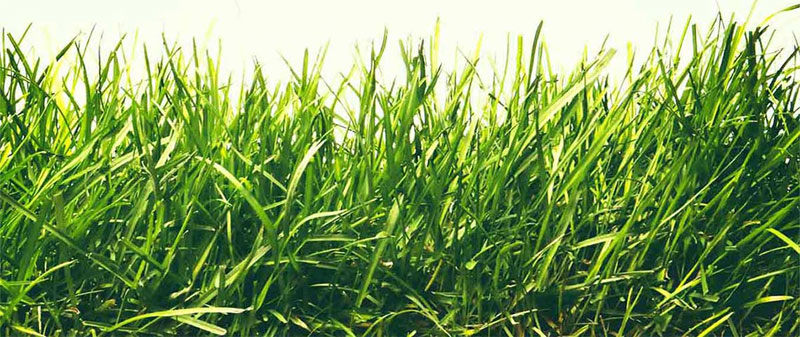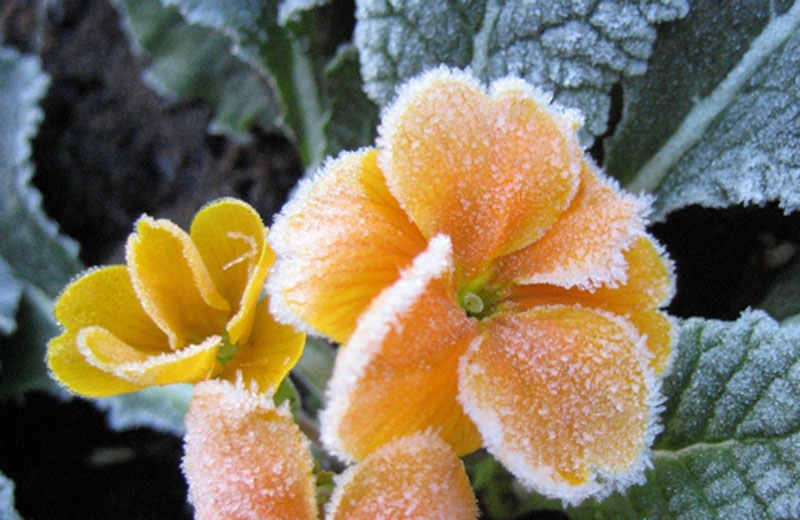Mindblown: a blog about philosophy.
-
House plant
Any kind of plant that can be grown for ornamental purposes inside a house. The house plants of temperate regions mostly originate from warmer parts of the world, many being known as outdoor garden plants in subtropical climates (for example, abutilons, poinsettias). The most widely grown house plants are those that will tolerate the most…
-
Horticulture
The art and science of gardening. Commercial horticulture is traditionally distinguished from agriculture in covering fruit, flower and small-scale vegetable growing, as well as the nursery industry, whereas agriculture covers broad- acre farming activities.
-
Hemisphere
Any half of the earth’s surface, but most commonly taken to mean the northern or southern hemisphere, divided by the equator—though in earlier times an equally significant distinction was seen to be that between the eastern (Europe, Asia, Africa) and western (Americas) hemispheres. Climatically, there is a considerable difference between the northern and southern temperate…
-
Hedge
A close planting of trees or shrubs, their branches intertwining and acting as a barrier or fence. Hedges can be almost any height or width, depending on the species used, but the typical garden hedge is 5-10 ft (1.5-3 m) high and composed of a single species of shrub or small tree such as box,…
-
Haws
Small pome fruits, especially those of Crataegus, the hawthorn genus.
-
Growing season
The time of year in which a particular plant makes its maximum growth of stems and foliage; usually late spring and summer, though for some plants from mild climates with dry summers it may be fall (autumn) or winter.
-

Grass
Any member of the very large grass family (Poaceae or Gramineae), though usually excluding larger members of the bamboo tribe of this family. Grasses are mostly tufted or creeping plants with narrow leaves and much-reduced flowers born in large inflorescences, consisting of spikelets each containing one to several florets. The cereals are grasses which produce…
-
Fungal disease
Any of a great number of diseases of plants caused by a fungal organism.
-
Fruit fly
A small insect pest that lays its eggs beneath the surface of developing fruits, in particular soft fruits such as peaches and tomatoes. The small, soft larvae develop rapidly and exit the fully ripe fruit via small holes, but not before causing pockets of fermentation and rot in the fruit, thus spoiling it.
-

Frost tender
Damaged or killed by even the lightest winter frosts. Many frost tender plants (mostly of tropical origin) may in fact suffer tissue damage when exposed to temperatures well above freezing-point, as high as 50 F (10 C) in the case of some species.
Got any book recommendations?